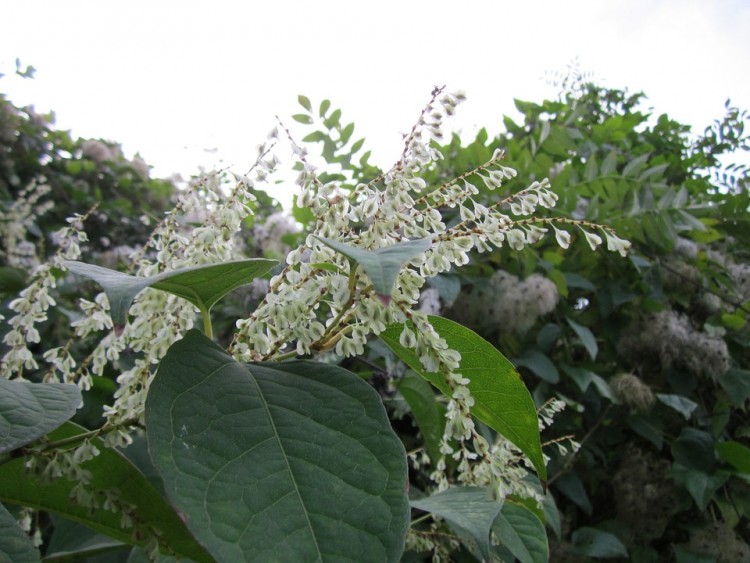
Most homeowners across the UK have heard of Japanese knotweed. Known for being fast-growing, resilient and exceptionally difficult to remove, the discovery of the plant is often treated as a kind of death sentence for the associated property. To add to the issue, the majority of mortgage lenders refuse to finance a home if Japanese knotweed is within a certain range of the walls, promoting the idea that buyers should steer well clear of a building where the plant has been spotted.
What is Japanese knotweed and why is it a problem?
Japanese knotweed (Fallopia japonica) is an invasive species of plant that grows quickly and aggressively (up to 10cm a day) in almost any conditions. This ability to thrive in poor-quality soil and with little care was actually part of its initial appeal, with it being a popular choice for hedgerows and roadsides, as well as being commonly used as an ornamental garden plant.
This resilience and speed of growth are exactly what makes Japanese knotweed so difficult to remove. Trying to dig it out yourself is usually futile – the rhizomes (roots) are buried so deep that it’s almost impossible to know if you’ve got them all. The small number of weed killers that are effective typically need multiple applications and still don’t always reach the roots.
Then there’s the fact that the stalks often break off during winter, making it appear that the plant has died. Usually, the rhizomes (roots) are still hidden beneath the surface, waiting to spring up again once the weather warms up.
Unfortunately, Japanese knotweed is so pervasive that it affects the growth of other plants. This, in turn, causes issues with biodiversity, flood management and the structural integrity of buildings. In the UK, section 14(2) of the Wildlife and Countryside Act 1981 deems it an offence to plant or “otherwise cause [Japanese knotweed] to grow in the wild” and soil that may be contaminated with Japanese knotweed rhizomes is classed as controlled waste.
How to identify Japanese knotweed
If you suspect that the garden foliage of the home you’re viewing is made up of Japanese knotweed, your best bet is to speak to a professional. Japanese knotweed has several identifiable features, including:
Smooth, mid-green leaves shaped like a shield, or heart
Hollow, bamboo-like stems with nodes
Blooms in late summer/early autumn
Loose clusters of small white flowers growing in protrusions
Up to 3m tall
New shoots appear red or purple in colour
Several unrelated plants are often mistaken for Japanese knotweed, including bindweed, Russian vine, bamboo and broadleaf dock. These plants have some similar features to Japanese knotweed, but not all of them. This page has more details about the identifying features of Japanese knotweed and how to avoid uprooting something more benign.
How do you assess the risk of Japanese knotweed?
In some cases, you may spot Japanese knotweed yourself or the sellers may be well aware of its presence on the property (they are obliged to report it if they are). There’s also an online plant tracker that could help you determine whether Japanese knotweed is prevalent in the local area.
Alternatively, the issue may have been picked up in a HomeBuyer Report or Building Survey. If you have commissioned a professional property inspection then your report may offer some insight into the existence of Japanese knotweed and how widespread the issue could be. A good surveyor will offer a realistic view of how your purchase (or later sale) might be affected.
In either case, the best course of action is usually to consult with a specialist. They will be able to give a better picture of the severity of the problem and what measures would need to be implemented to control the plant.
Should you avoid homes with Japanese knotweed?
The fact is, Japanese knotweed requires a lot of effort to maintain and professional removal is expensive. However, as long as the plant is far enough away from the building to satisfy lenders’ criteria, it doesn’t have to be a deal-breaker.
If you have completely fallen in love with a property and are prepared to carry out the routine maintenance (or fork out for skilled removal), you don’t have to worry about your home eventually being consumed by the plant.
Do keep in mind though that future buyers may not be so forgiving! When you finally come to sell your home, professional removal may be the easiest way to a smooth sale. Professional firms typically offer insurance and guarantees to provide a little peace of mind that the plant is gone for good.



